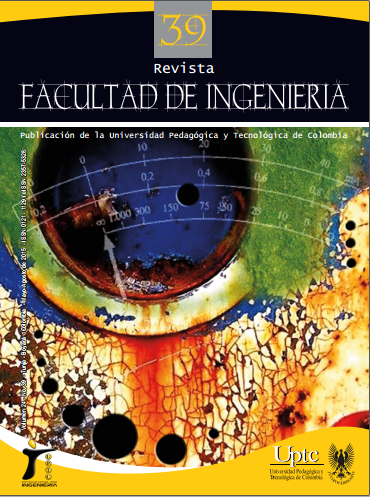A formal model for the functional test of software to achieve maturity integrated level 2

Abstract
Software applications are becoming increasingly important for organizations because they allow to accomplish its core tasks efficiently. Therefore, it is compulsory to test the software quality. This research focuses on designing a formal model for the development of a functional software testing, that would achieve level 2 of Test Maturity Model Integrated (TMMI). To carry out this work, we started with a situational analysis using ISO-9001-2000. Then, several software quality models as ISO/IEC 9126, were reviewed. Also the main quality standards for software testing as TMM, TMMI, Test Process Improvement (TPI), and Test Management Approach (TMAP) were compared, based on some criteria such as the year of publication, licensing, defined levels, factories and risks. With this information a proposed model which is independent of the software development process was designed. It is based on the test cycle and it has been divided of four parts: Specification, Planning, Execution, and Evaluation. To validate this model, it was applied to a SMEs as a case of study. The results show the model efficiency. Also reveal that it is necessary to develop an organizational culture of quality within the company.Keywords
formal model of functional tests, level 2 TMMI, software development process
References
- G. J. Myers. The Art of software Testing. New York: John Wiley & Sons. 1979.
- Out of the crisis. Cambridge, MA: Massachusetts Institute of Technology. Center for Advanced Engineering Study, 1986.
- A. M. Turing. Computing machinery and intelligence. Mind, 433-460, 1950.
- W. E. Howden. “Methodology for the generation of program test data”. IEEE Transactions on Computers, 24(5), 554-560, 1975.
- “ANSI/IEEE STD 1008-1987 Standard for Software Unit Testing”. Institute of Electrical and Electronic Engineers, New York, 1988.
- W. C. Hetzel & B. Hetzel. The complete guide to software testing: QED Information Sciences Wellesley, MA, 1988.
- J. Tuya, I. R. Román & J. D. Cosín. Técnicas cuantitativas para la gestión en la ingeniería del software: NetBiblo, 2007.
- ISO-9001 (2014), Norma Internacional ISO 9001-2000, Spanish Translation Task Group, Disponible en: http://www.ccoo.us.es/uploads/descargas/documentacion/NormaInternacionalISO9001.pdf
- I. Padayachee, P. Kotze & A. van Der Merwe. ISO 9126 external systems quality characteristics, sub-characteristics and domain specific criteria for evaluating e-Learning systems. The Southern African Computer Lecturers’ Association, University of Pretoria, South Africa, 2010.
- M. A. Ampuero & Y. López-Trujillo. “Creando un profesional con disciplina en el proceso de desarrollo de software”. Ingeniería Industrial, 27(1), 4 pág, 2010.
- Myers. The art of software testing ( 2nd edition ed.), 2004.
- S. Sánchez Melchor. Una revisión y comparativa de Modelos de Procesos de Pruebas, 2010.
- A. S. Esteban. Marco metodológico para la mejora de las actividades de verificación y validación de productos software. Universidad Carlos III de Madrid, 2012.
- SWEBOK, Guide to the Software Engineering Body of Knowledge, 2004 Disponible en: http://www.swebok.org
- J. Zamora Hernández. Análisis de los procesos de verificación y validación en las organizaciones software, 2011.
Downloads
Download data is not yet available.